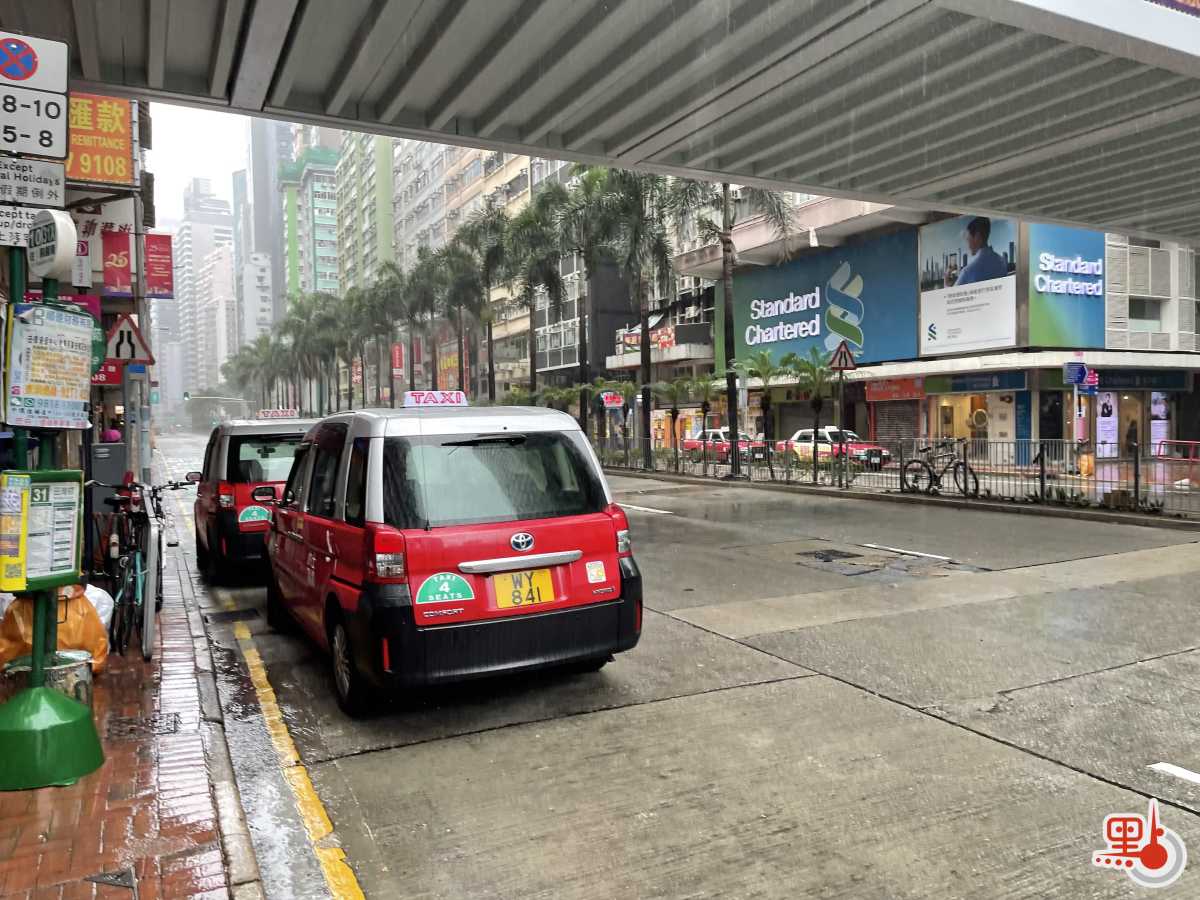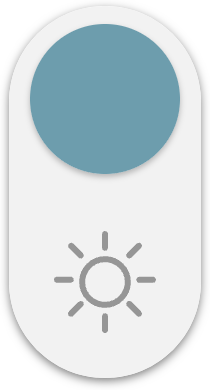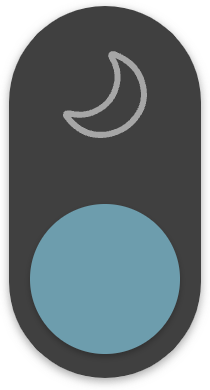
Wipha is approaching Hong Kong. The Hong Kong Observatory predicts that Wipha will come very close to the Pearl River Estuary area tomorrow (July 20) and is expected to pass within about 50 kilometers of Hong Kong. Weather conditions will be extremely severe, with forecasts of strong winds, heavy rainstorms and thunderstorms.
During previous typhoon strikes in Hong Kong, many residential buildings suffered varying degrees of damage. The most common incidents involve windows being shattered by strong winds, leading to water intrusion and damage to indoor belongings. Home insurance policies typically cover such situations. However, window damage caused by typhoons may fall under the scope of fire insurance.
What Does Home Insurance Cover?
Some insurance companies have reported that the most common claims during typhoons involve windows being blown out, allowing rainwater to enter and flood homes, damaging interior possessions. Home insurance policies generally cover losses to household items like furniture, appliances, clothing and personal belongings caused by typhoons or heavy rain. Compensation amounts depend on the specific insurance plan, with some insurers offering maximum coverage up to HK$1 million. Coverage for valuables is typically around HK$200,000, though these are total amounts with different limits applying to individual items or categories.
Notably, some home insurance policies in the market also cover losses from electrical appliance failures or spoiled refrigerated food and drinks due to accidental power outages.
If a residence becomes uninhabitable due to a No. 8 typhoon signal or higher or a Black Rainstorm Warning, requiring temporary relocation, home insurance will also compensate for temporary accommodation and meal expenses.
However, window damage may not be covered by home insurance. According to the Insurance Authority website, if damaged windows have been modified or replaced, these are considered self-installed renovations and would be covered by home insurance. But the original windows that came with the property are considered part of the building structure and fall under fire insurance coverage.
Building Fire Insurance Already Covers Structural Damage
Fire insurance, formally known as "building structure insurance," is typically purchased collectively by the property management company or Owners' Corporation, so individual owners don't need to purchase it separately. Fire insurance mainly covers the building structure, including walls, floors, ceilings, doors and windows that were original to the building. Besides original windows, if typhoons damage original structural elements like floors, owners can claim through fire insurance.
Additionally, if broken window glass or entire aluminum windows fall and injure others, this would be covered by the third-party liability insurance component of home insurance, with some policies offering up to HK$10 million in coverage.
3 Key Factors Affecting Insurance Costs
Finally, it's important to note that home insurance premiums are generally determined by a property's floor area and age. Larger units typically have higher premiums, while older properties (e.g., 35 years or more) may also face higher premiums. Furthermore, properties like village houses, standalone houses or low-rise buildings are considered higher risk by insurers and may face premium increases or additional surcharges.
Related News:




















Comment